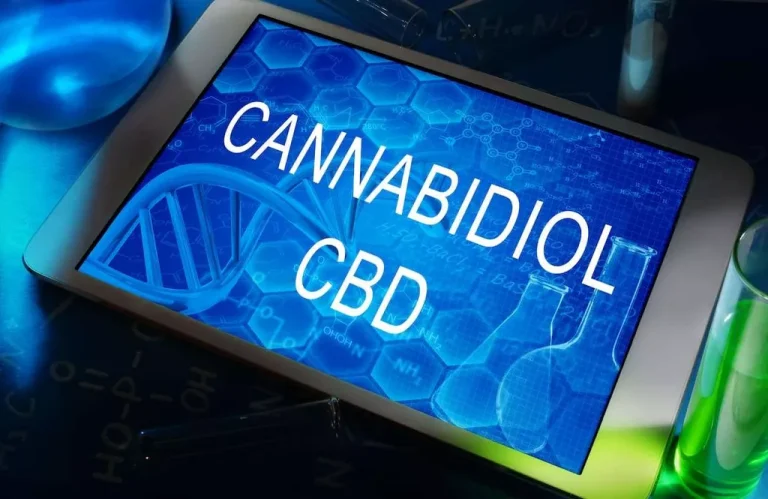
The half-life of ethanol is about 4 to 5 hours, which means it takes that long to eliminate half of the alcohol ingested from the bloodstream. For most people, alcohol is absorbed into the system more rapidly than it is metabolized. Drinking alcohol at a faster rate by participating in binge drinking can cause your blood alcohol concentration to increase, compared to sipping liquor or consuming at a moderate pace.

Sommaire
How Should One Start Flushing Out Alcohol?

If you drink more than one per hour, it rises much more rapidly. You can also help your body metabolize alcohol by avoiding highly processed foods and drinks like chips, white bread, and soda. This added stress can make it difficult for your liver to metabolize alcohol in a timely manner.

How Does the Body Remove Alcohol?
Your liver breaks down the alcohol and turns it into the highly toxic and reactive chemical acetaldehyde. Alcohol flushing is eliminating or flushing out all the alcohol in your body. Since your body is already chemically adjusted to the regular presence of alcohol in your system, flushing can be quite challenging.
- Book an early-morning Pilates class, agree to meet a friend for a walk, or book a table at a sought-after brunch restaurant.
- The main ways to prevent alcohol withdrawal are to avoid alcohol altogether or to get professional help as soon as possible if you think you’re developing alcohol use disorder.
- It is possible to get treatment and live a healthier life with a better relationship with alcohol.
Drink fluids
And the only way to know your BAC for sure is with a breath, blood, or urine test. So after one drink, your BAC should be back below the “drunk” threshold about 60 minutes after you drain your glass. But again, this is a generalization and could be different depending on the person and situation. “Research has also demonstrated that around 35-40% of people of East Asian descent have lower amounts of the ALDH compared to other ethnicities. » As with other addictions, alcohol dependency can negatively affect a person’s life.
Best ways to avoid intoxication

Dehydration can occur when drinking alcohol, so avoiding salty foods is important. Drinking plenty of water can also help people stay hydrated when consuming alcohol. When it comes to ethanol urine tests, there’s going to be a small lag as the body filters the alcohol from the blood into the bladder.
How Long Does Alcohol Stay in Your System (Blood, Urine and Saliva)?
Blood flow may be slower, and an older person may be more likely to be taking medication that affects the liver. By Buddy TBuddy T is a writer and founding member of the Online Al-Anon Outreach Committee with decades of experience writing about alcoholism. Because he is a member of a support group that stresses the importance of anonymity at the public level, he does not use his photograph or his real name on this website. Alcohol can be detected in your breath via a breathalyzer test for up to 24 hours. BetterHelp can connect you to an addiction and mental health counselor. Amy Myers, MD is a two-time New York Times bestselling author and an internationally acclaimed functional medicine physician.Dr.
Alcohol withdrawal timeline

Similarly, people with anxiety who drink heavily may experience stressful emotions that can cause a change in the stomach’s enzymes, which affects how a person breaks down alcohol. Alcohol — or ethanol — tests can detect alcohol metabolites in urine, breath, saliva, sweat and blood for between two and 80 hours. Many people believe that an alcohol metabolite called ethyl glucuronide can be detected by how to get alcohol out of your system ETG tests for about 80 hours. But a 2007 study published in the journal Alcohol and Alcoholism found that ETG tests failed to detect alcohol more than 26 hours after consumption. If you are concerned about potential alcohol withdrawal symptoms, talk to your doctor. A doctor can evaluate your overall health and alcohol abuse history to help you determine how likely it is that you’ll experience symptoms.
Alcohol And Muscle Relaxers: 4 Things To Know About This Risky Combination
The higher the number, the worse a person’s symptoms are and the more treatments they likely need. The blood alcohol concentration (BAC) is how much alcohol is in your blood and is the most precise way to measure intoxication. Alcohol poisoning is a two-phase condition also known as ethanol toxicity. The condition occurs when you drink large amounts of alcohol that affect the organs in your body. Even though so many factors come into play, the average metabolic rate to remove alcohol is about one drink per hour.
Articles similaires
- Clinical management of alcohol withdrawal: A systematic review PMC
- Alcohol Withdrawal Syndrome
- Ways to Approach the High-Functioning Alcoholic in Your Life
- Игровые Автоматы Онлайн Бесплатно И нет Регистрации%2C От крупнейшие Провайдеро
- What Is So Fascinating About Marijuana News?

